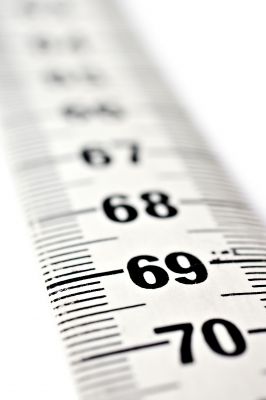
An interesting post hit the High Rankings Forum today. The question? How do you know when longer or shorter copy is required? What triggers do you use when deciding on copy length? (OK, so that’s two questions.)
Here’s my reply:
It’s a combination of several factors.
What communication style does your target audience use primarily? Are they CEOs or accountants who typically prefer shorter, to-the-point communication? Are they stay-at-home moms who usually like longer communication?
Is your product/service new or well-established? If it’s new, you’ll need more copy in order to explain and educate your audience than if it is well-known.
Does your audience primarily consist or men or women? If it’s men, they typically prefer shorter copy. Women typically prefer longer.
Many factors go into the decision.
These 5 Words Can Make or Break Your Marketing Results
Ready for more clicks, increased engagement & better results from all your marketing? It's time to beef up your short copy. Discover 5 words that add power & persuasion to headlines, titles, subject lines, bullets, calls-to-action and more.

I understand that I will also receive weekly articles & videos plus periodic discounts, product notices & more. I can unsubscribe at any time.
What medium are you using? Websites give an unlimited amount of space while TV commercials do not. If you’re writing for the web, is the site a service-based one or ecommerce?
What’s the purpose of the copy? If you’re giving a sample away free of charge or encouraging sign ups for a free service, you won’t need much copy. If you’re trying to convince people they need more life insurance, you’ll need a good bit.
Notice I’ve been saying “typically” a lot? That’s because, like everything else in copywriting, there are few absolutes. These are research results based on a broad base. Obviously, individuals are not all the same just because they work in the same vocation. And, your target audience isn’t going to consist of one type of person. It will have several types. Even several separate segments.
Creating personas is an excellent way to tap into the information you need regarding who your specific target audience consists of.
What you don’t want to do is choose the length of copy before taking into consideration your audience and your offer. Sales letters, for instance, work best when there a single offer. You wouldn’t put a sales letter on the home page of an ecommerce site. It just wouldn’t work.
And search engines? Do they play a factor in the length of your copy? Not so much. I’ve gotten pages ranked that have 1,500 words and others that have 75. Because copy is about 1/4 to 1/3 of the SEO recipe, it need not be especially lengthy — depending on the other factors at play.
Don’t guess. Take the time to look at the various factors in determining copy length then test whether short or long (or somewhere in between) works best on your particular site.



Karon, with experience in direct marketing, I know there is no standard for length, that it all depends on the product or service. But with a web page is there a limit to how many words you want on a page? Not for SEO purposes, but because readers will not want to keep scrolling down? 1500 seems a lot for a page unless its something they print out to read as hard copy. I’m just curious as to what you’ve found from experience.
Hi Scott!
No limit. I’ve seen pages on ecommerce sites convert well with 60-word product descriptions and I’ve seen pages that deal with a brand new product (that requires a lot of explanation) convert well. Like you said, it depends.
Women generally like longer copy than men especially if the product is new. Being new, a product would require longer copy because of the education factor involved. Also, the use may play a roll in length… a PPC landing page, for instance, tends to be longer than a web page used for general purpose.
Users online have adapted to scrolling. Years ago, research was showing that visitors hated to scroll vertically. Now, they almost expect to scroll. But, if your research shows that your site visitors prefer not to scroll, break the copy up into smaller chunks and let visitors click from page to page.